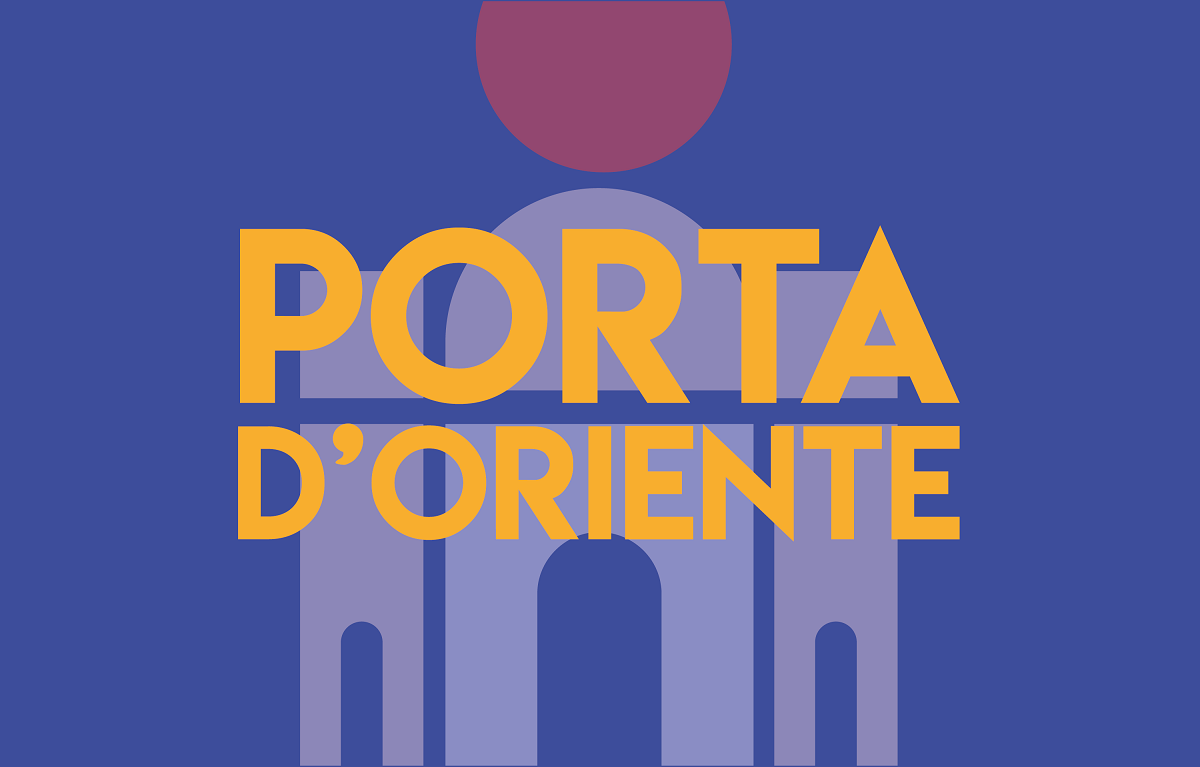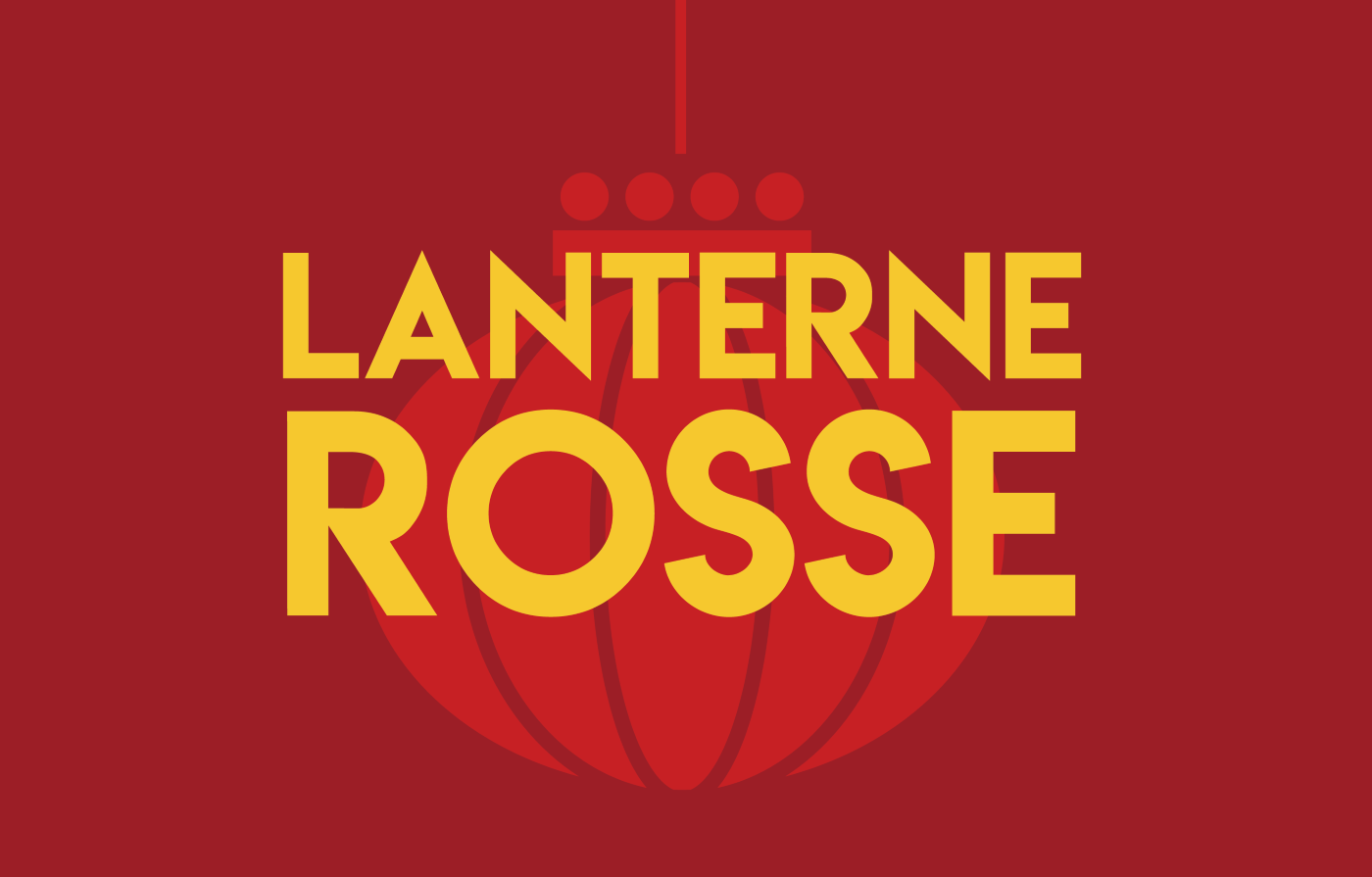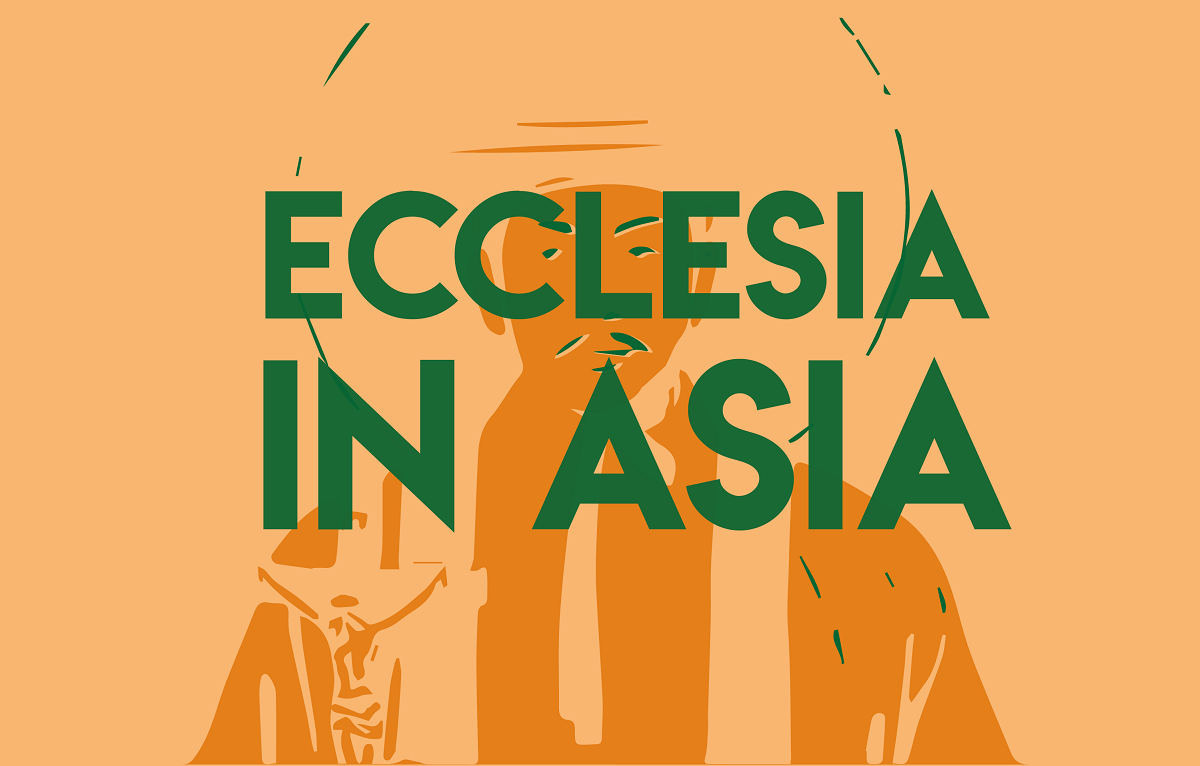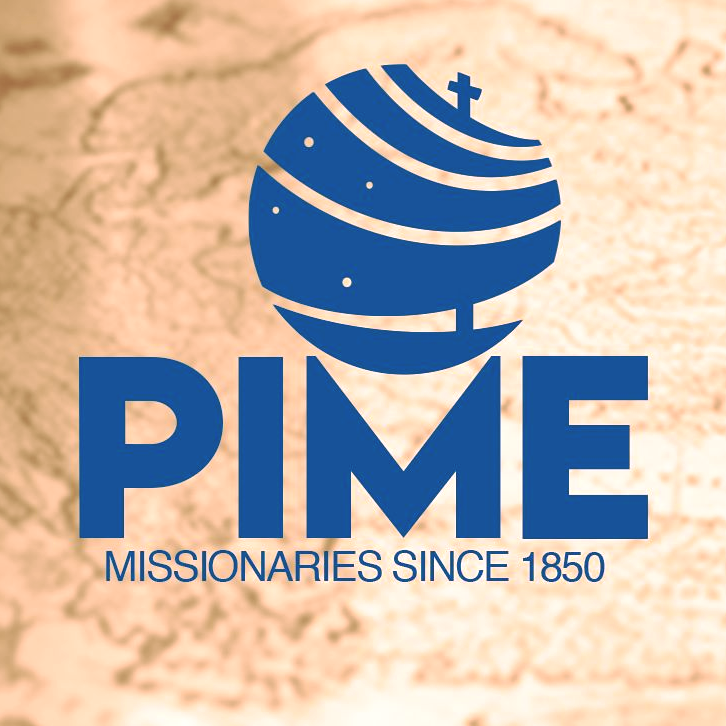Towards the beatification of Fr Beshara Abou Mrad, the Lebanese "Curate of Ars"
With the recognition by the Vatican medical commission that a miracle occurred through his intercession, a "direct, complete and permanent" healing, the Greek Catholic priest, Fr Beshara Abou-Mrad (1853-1930), could soon be proclaimed blessed, this according to the Salvatorian Archimandrite Mtanios Haddad.
Beirut (AsiaNews) – The news has delighted devotees of Father Beshara Abou-Mrad (1853-1930), a Greek Catholic priest deemed by many to be "the Lebanese Curate of Ars".
A woman suffering from debilitating osteoarthritis was restored to health through his intercession, and the miraculous nature of this healing was officially recognised by the medical commission attached to the Dicastery for the Causes of Saints. The way is thus open for the beatification of this priest of the Basilian Salvatorian Order, who was proclaimed venerable in 2010 by Benedict XVI.
Father Beshara Abou-Mrad was already venerated in his lifetime for the holiness of life. In the confessional, where he sometimes spent twelve hours at a time, his knowledge of souls worked wonders.
He lived in the consciousness of being the "watchman" spoken of by the Prophet Ezekiel, and of having to "account for the blood" of all those he had to warn (Ezekiel 3:17). As a sign of reverence, his mortal remains are entombed in one of the walls of the Church of the Convent of the Holy Saviour (Deir Al Mokhalles), in Joun, north of Saida. Holy, in a holy place.
The miraculous healing in question is that of Thérèse Skaff Asmar, in 2009. Suffering from grade IV osteoarthritis, the patient sought the intercession of Father Beshara Abou Mrad under rather fortuitous circumstances. She had come across a brochure about him while rummaging through a drawer looking for a piano booklet her daughter wanted.
The miraculous nature of her healing was established on 27 March 2015. The healing was "direct, complete, and permanent," this according to Salvatorian Archimandrite Mtanios Haddad, postulator of the cause. By direct, the Church means that it was directly linked to the intercession of a particular saint, and not vaguely solicited.
Born in 1853 in Zahle, a large Christian city in the Bekaa Valley, Father Beshara Abou Mrad, who was baptised Salim Jabbour Abou Mrad, was 7 years old when his parents were forced to flee the anti-Christian massacres of 1860 and take refuge in Keserwan. Once the danger had passed and his family returned to Zahle, his budding religious vocation was initially thwarted by his father, who envisioned a future for him in business.
It was thanks to his mother that he was able, in 1874, at the age of 21, to enter the Basilian Order of the Most Holy Saviour. He still had to be persuaded to become a priest, for he considered himself unworthy of this honour. Once ordained, he was again persuaded to hear confessions.
His religious journey encompassed three phases: he was first a novice and then an assistant at the Salvatorian Fathers seminary, an hour's walk from the Convent of the Holy Saviour. Starting on November 8, 1892, he was put in charge of a vast parish, Deir el-Qamar. At that time, there were no highways or cars, only mule tracks and dirt roads.
His pastoral duties made him a tireless walker between the great Christian city of Shouf (Chouf) and the villages and hamlets that depended on it (Benouiti, Serjbal, etc.). For 30 years, he travelled tirelessly, to the point that the people who accompanied him sometimes asked him to spare them this interminable recitation.
In 1922, due to his age, he was relieved of this overwhelming task and appointed priest at Saida cathedral, where he surrendered himself to the confessional. He died at the Convent of the Holy Saviour in 1930, surrounded by the affection of his brothers.
He took leave of this world on the day before the opening Sunday of the Great Lent in 1930. This day is dedicated to the remembrance of the dead. During the night, having not eaten or drunk for five days, he showed signs of impatience, glancing at the alarm clock, like a man with an appointment, counting the hours and minutes.
Like many saints, it is presumed that he had been warned of the day of his departure. Around him, his brother monks and priests accompanied his agony, linking litanies and liturgical prayers. He breathed his last at daybreak.
For his contemporaries, his heroic virtues were beyond doubt. They shone forth in every gesture and moment of his life, in the chapel as in the refectory, in his cell as on the mountain trails. Years of penance had finally done him justice: his body was very weakened, but his prayers were heard.
Through his intercession, the dying recovered, children were born to sterile couples, typhoid fever subsided, and it rained after a long period of drought. There was even one case where the closed door of a valley chapel, whose key had been forgotten, opened by itself. "Pure goodness of the Virgin," he told the only witness to this miracle, who only reported it after his death. One of the healings involved the son of the Druze governor (Mutasarrif) of Beit ed-Dine.
Now that a miracle obtained through his intercession has been medically authenticated, Father Beshara Abu Mrad, in principle, only needs final verifications of theological orthodoxy to be beatified. However, a delay in the beatification process could occur for procedural reasons before the documents reach the pope.
The procedure also entails opening the priest's tomb, since the rules require the Vatican to preserve the relics of the blessed and saints whose worship it authorises. In any case, Father Mtanios is hopeful of obtaining a formal exception for Father Abu Mrad, as provided for in the regulations. The beatification ceremony will eventually take place at the Convent of the Holy Saviour (Lebanon). Many are eagerly awaiting it.
ECCLESIA IN ASIA IS THE ASIANEWS NEWSLETTER DEDICATED TO CHRISTIAN COMMUNITIES IN ASIA. WOULD YOU LIKE TO RECEIVE IT EVERY SUNDAY? TO SUBSCRIBE, CLICK HERE.
06/09/2010





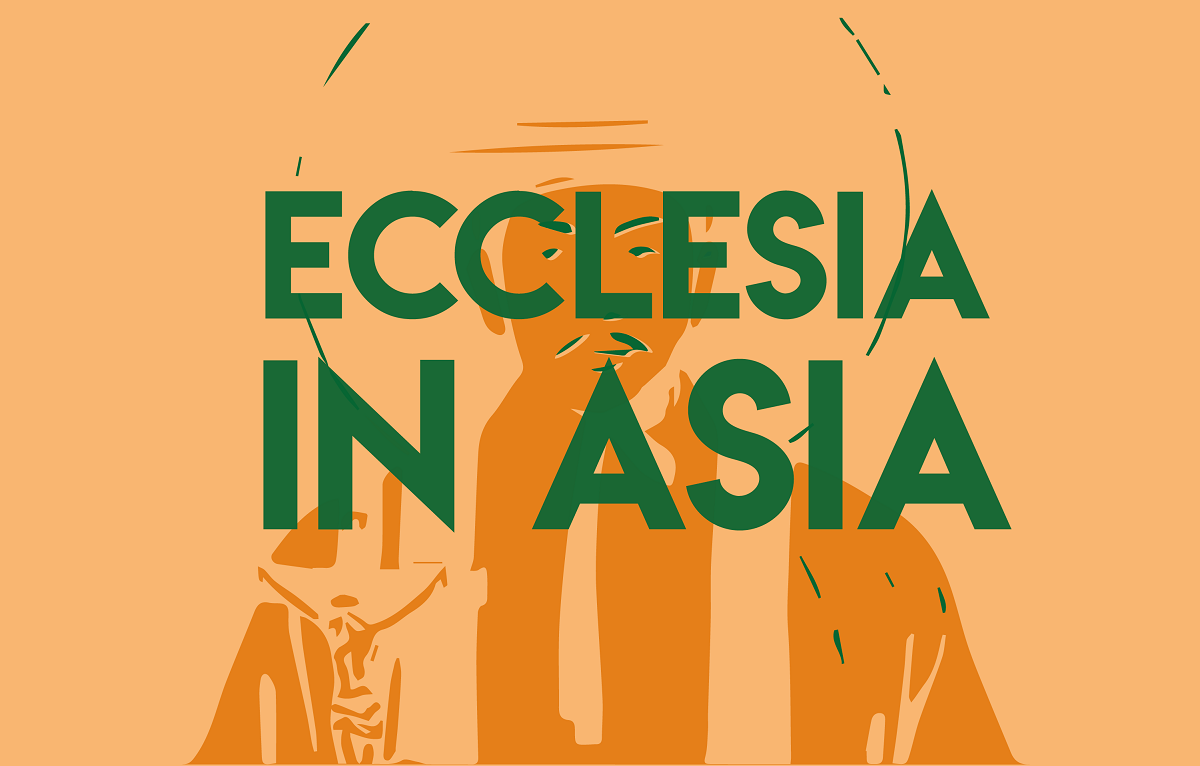

.png)
